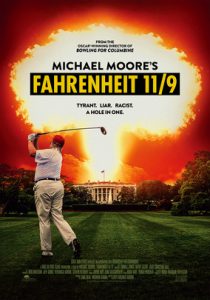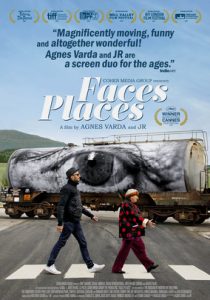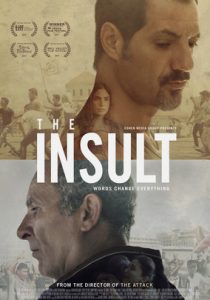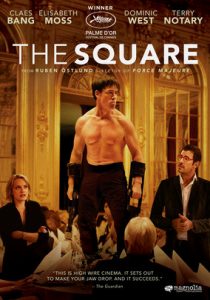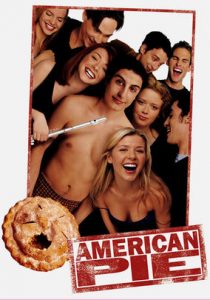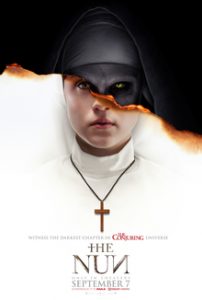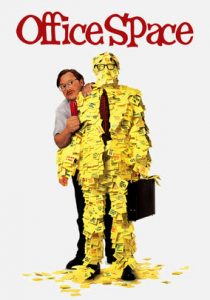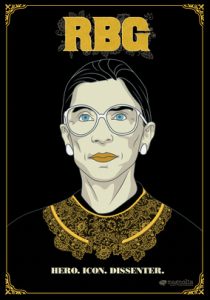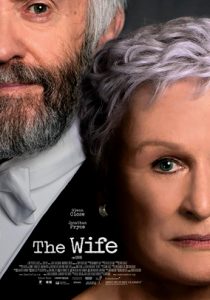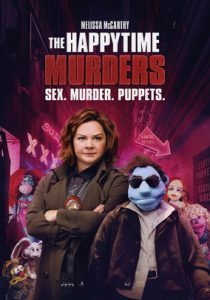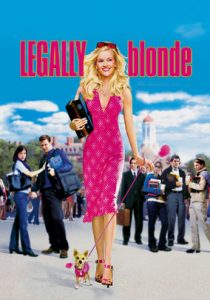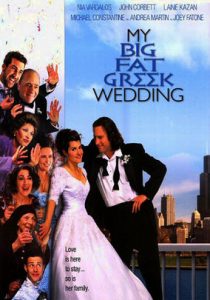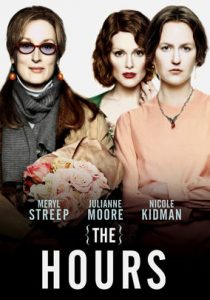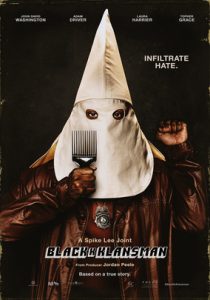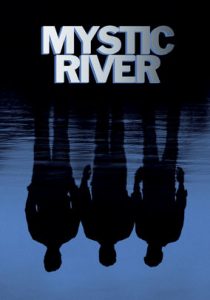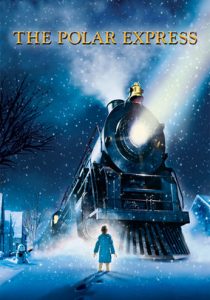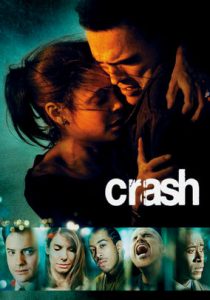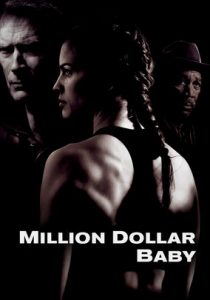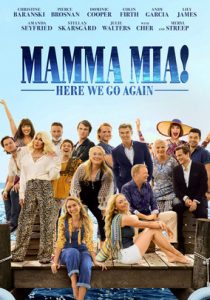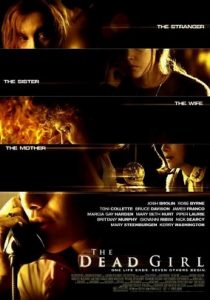Oliver & Company-1988
Director George Scribner
Voices Joey Lawrence, Billy Joel, Cheech Marin
Scott’s Review #818
Reviewed October 8, 2018
Grade: B
Oliver & Company (1988) is a darling animated film released by Walt Disney Pictures, the twenty-seventh Disney feature film to be produced.
The film is based on the Charles Dickens novel Oliver Twist, but Oliver is now a homeless kitten who joins a gang of dogs, and the setting moves from London to the dangerous streets of New York City- present times.
We meet Oliver (Joey Lawrence) as he huddles with other homeless kittens in a cardboard box, chilly from a driving New York rain. As all of the other kittens are snatched up by adoring animal lovers, Oliver is inexplicably left on his own.
He eventually meets up with Dodger (Billy Joel), a mongrel with street smarts, and the duo steals hot dogs from an abrasive food vendor.
When Dodger swindles Oliver out of his share, the kitten follows the dog to a barge, which turns out to be the hideout of Fagin (Dom DeLuise), a human pickpocket. Fagin houses a gang of assorted dogs as he is bullied by loan shark Sykes.
As Oliver bonds with the miscreants, his life suddenly takes a positive turn when he is rescued from the streets by a kindly, wealthy little girl named Jenny and her bumbling butler, Winston.
Jenny’s parents are on holiday in Europe, leaving her and Winston running the house. Along for the ride is Jenny’s sophisticated and spoiled pet poodle, Georgette (Bette Midler), who takes a dislike to Oliver.
By the 1980s Disney films were hardly the hot commodity they once were, and the small budget is evidence of that. Oliver & Company is not on par with classic, lovely offerings such as Pinocchio (1940), Fantasia (1940), or Dumbo (1941).
The film has a severe and decidedly “1980s quality”, mostly due to the upbeat soundtrack, which decades later makes the film feel rather dated.
Speaking of the soundtrack, the highlight is a treat entitled “Why Should I Worry?”, a tune sung by the ensemble cast and impossible not to hum along to.
The film features an array of famous voices that are perfectly cast. The filmmakers wisely cast plenty of native New Yorkers, which results in a huge measure of authenticity. Brazen voices like Midler’s, Joel’s, and Cheech Marin’s as feisty chihuahua Tito, give credibility to their characters.
The odd romantic pairing of Georgette and Tito, on the surface completely mismatched, gives a good dose of comic relief to the story.
The story written for Oliver & Company is the best part of the entire production. Anyone familiar with the famous Dickens novel or Oliver! (1968), the most famous of the film incarnations knows how the story will end.
This did not hinder my enjoyment of the animated film though, a compelling and charming experience. Sykes makes a great villain, drawn with a long face and enormous chin, interesting, but not too scary to frighten young children.
One conspicuous omission is the elimination of the important character of Nancy. As fans know, Nancy played a vital role in the original story. Perplexing is the decision not to include her, but perhaps her ultimate death would have made the story too dark, so this can be overlooked.
Surely not the best in the Disney bunch, Oliver & Company (1988) is nonetheless a decent offering sadly overlooked by fans and critics alike.
The film is nearly forgotten and suffers from a dated quality if not for the widespread knowledge of the classic novel. The film is not one of the storied Disney treasures, nor should it be dismissed altogether.
The result is a darling, innocent experience meant for pure enjoyment.

